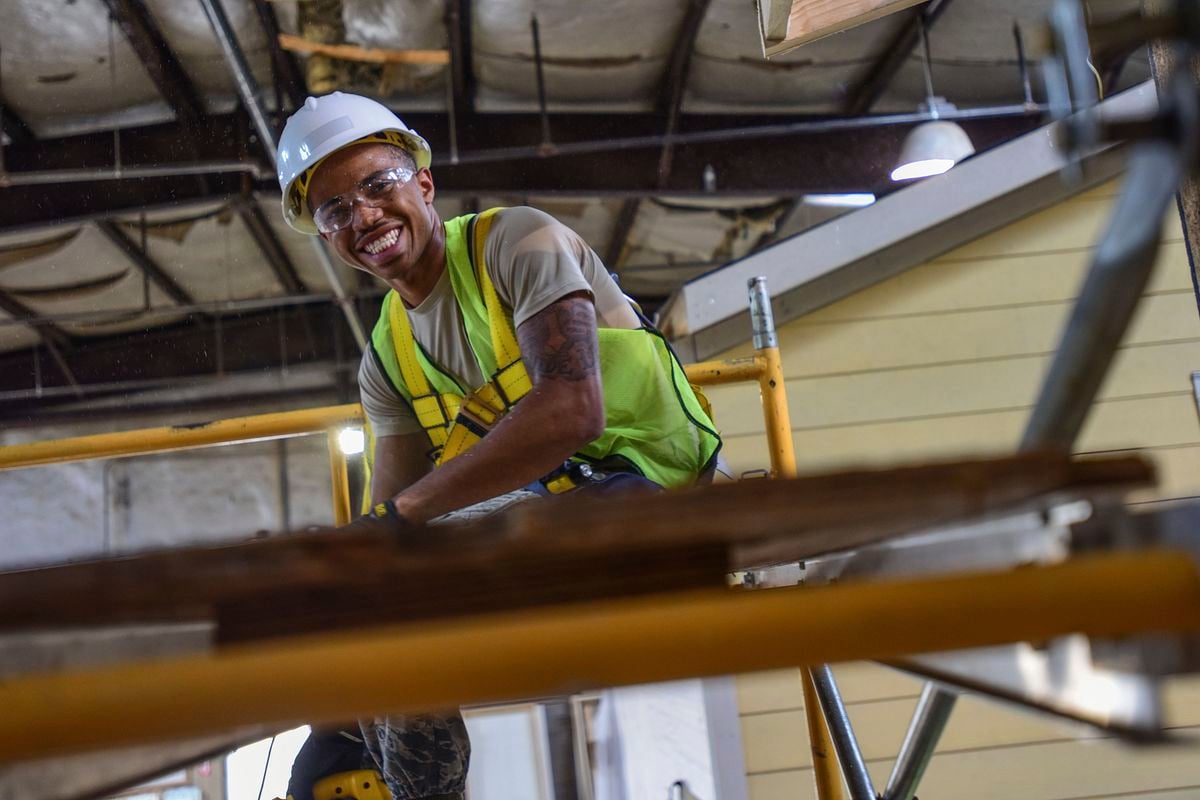During Black History Month, we pay tribute to the hundreds of thousands of Africans and African Americans who built, and continue to build, the United States.
 The National Black Chamber of Commerce tells us that “African slaves were brought to this continent in the early 1500’s to build New York (New Amsterdam at the time), Philadelphia, Baltimore, Washington, DC and the entire Southeastern territories. The craftsmanship that was learned through this action gave freed slaves an advantage as we slowly approached the Industrial Revolution. America relied on the crafts learned by Blacks during slavery and passed along to offspring from generation to generation.”
The National Black Chamber of Commerce tells us that “African slaves were brought to this continent in the early 1500’s to build New York (New Amsterdam at the time), Philadelphia, Baltimore, Washington, DC and the entire Southeastern territories. The craftsmanship that was learned through this action gave freed slaves an advantage as we slowly approached the Industrial Revolution. America relied on the crafts learned by Blacks during slavery and passed along to offspring from generation to generation.”
Unfortunately, the history of Black people and construction has not always been positive. Forced to build this great nation as enslaved people, and then later systematically blocked from joining guilds and labor unions, Black craftspeople have nevertheless honed their skills and thrived in the building trades. Read this blog post by AGC of California about Black inventors who helped shape the construction industry. For example, in 1887, Alexander Miles, inventor and businessman, patented an innovative electric mechanism to open and close elevator doors, vastly improving their safety.
The history of Black workers and the labor movement is even more compelling. In 2016, the Center for Economic and Policy Research published a report on Black workers, unions, and inequality. The report finds that “(u)nionization rates have been in decline across the board for decades. Despite fact, Black workers are still more likely than workers of any other race or ethnicity to be unionized. In 2015, 14.2 percent of Black workers and 12.3 percent of the entire workforce were represented by unions, down from 31.7 percent and 23.3 percent, respectively, in 1983.”
Why is this significant? The report finds that “(B)lack union workers… enjoy higher wages, and better access to health insurance and retirement benefits than their non-union peers. These benefits persist even after controlling for systematic differences between the union and non-union workforce. Specifically, Black union workers on average earn 16.4 percent higher wages than non-union Black workers. Black union workers are also 17.4 percentage points more likely than non-union Blacks to have employer-provided health insurance, and 18.3 percentage points more likely to have an employer-sponsored retirement plan.”
During Black History Month, we salute the Black men and women who are members of the construction trades. We thank them for their service, their loyalty, and their hard work. We know we’ve got work to do to make our Black members feel genuinely a part of our community. Which is why we join with NABTU (North America’s Building Trades Unions) when they say, “(i)n the Building Trades, we understand the importance of creating economic opportunity and equality for all. That is why we maintain our ongoing commitment to strengthening our grassroots recruitment and retention efforts to foster a more diverse workforce; particularly one that is more inclusive of people of color, women, veterans, and the justice-involved. NABTU will continue doing whatever it takes to dismantle pervasive racism, uplift historically-marginalized communities, and expand middle class workforce opportunities for all backgrounds.”
